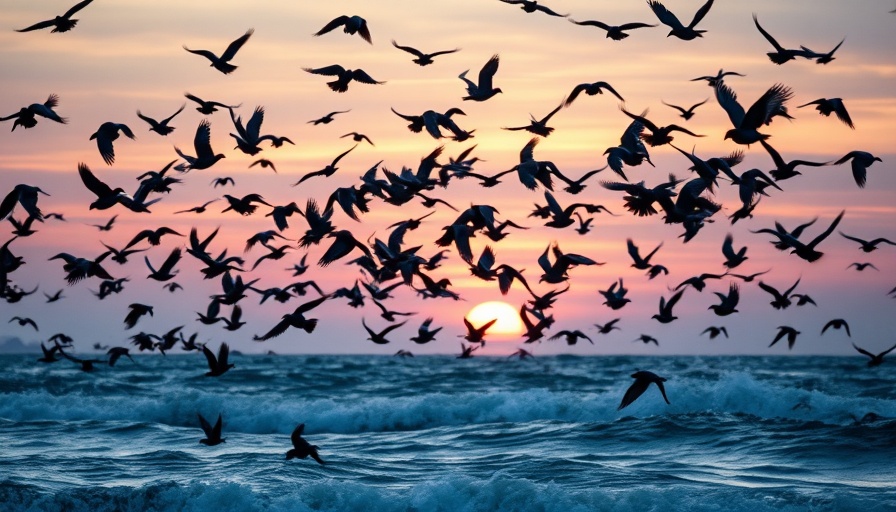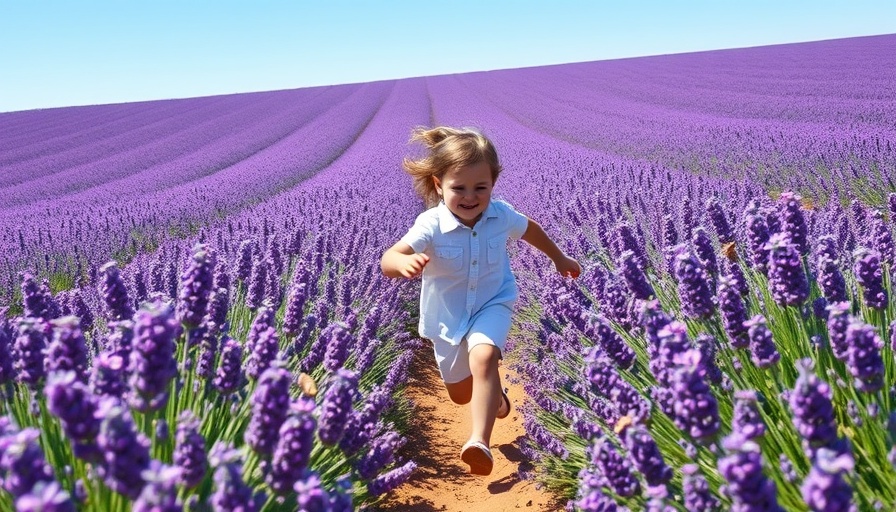
Declining Starling Population Raises Alarm in Brighton and Hove
The picturesque city of Brighton and Hove is witnessing a worrying decline in its starling population, with numbers reportedly halving since the city council resumed the use of glyphosate-based weedkillers. Although it remains unclear if there is a direct link between the weedkiller's application and the declining bird count, local wildlife advocates are ringing alarm bells.
Historical Context and Background
Since moving to Brighton in 1981, wildlife activist Steve Geliot recalls seeing up to 150,000 starlings flocking in the area. Today, however, the count stands precariously at just over 9,000 after a brief spike following a pause in chemical treatment. Geliot’s counting methods, which involve high-definition photography and video, reflect a stark numerical drop, with only 4,419 starlings recorded at one point this year.
Social Connection: Why This Matters
The implications of the sharp decline in starling numbers are profound, touching on the local biodiversity and the ecosystem's health. Starlings play a critical role in controlling insect populations and maintaining the environmental balance. The fluctuations in their count might serve as a bellwether for broader ecological issues that could affect human communities as well.
Future Predictions: Can Starlings Rebound?
As starlings enter their breeding season, the future remains uncertain. Geliot urges community members and local authorities to reduce light pollution, create wildflower meadows, and install nest boxes to provide a nurturing environment that can support a recovery in starling numbers. Local councillor Tim Rowkins has expressed a commitment to safeguarding biodiversity and ensuring that developments support wild populations, which offers a glimmer of hope.
Public Awareness and Action Required
The call to action extends not just to local authorities but also to residents. Community-driven initiatives can play a pivotal role in reversing the trends seen in starling populations. Encouragingly, 2022 saw Geliot organise a petition that garnered significant public support, showcasing the community's potential to influence local policies regarding pesticide use.
Conclusion: An Urgent Call for Biodiversity Conservation
As Brighton and Hove grapples with the dual challenge of managing urban development while safeguarding its natural heritage, the starling's plight serves as a poignant reminder of the delicate balance between nature and human activity. As the city moves into the next phase of its ecological strategy, residents are encouraged to voice their concerns and support initiatives aimed at fostering local wildlife. Every action counts in the quest to save our starlings.
 Add Row
Add Row 

 Add Element
Add Element 


Write A Comment